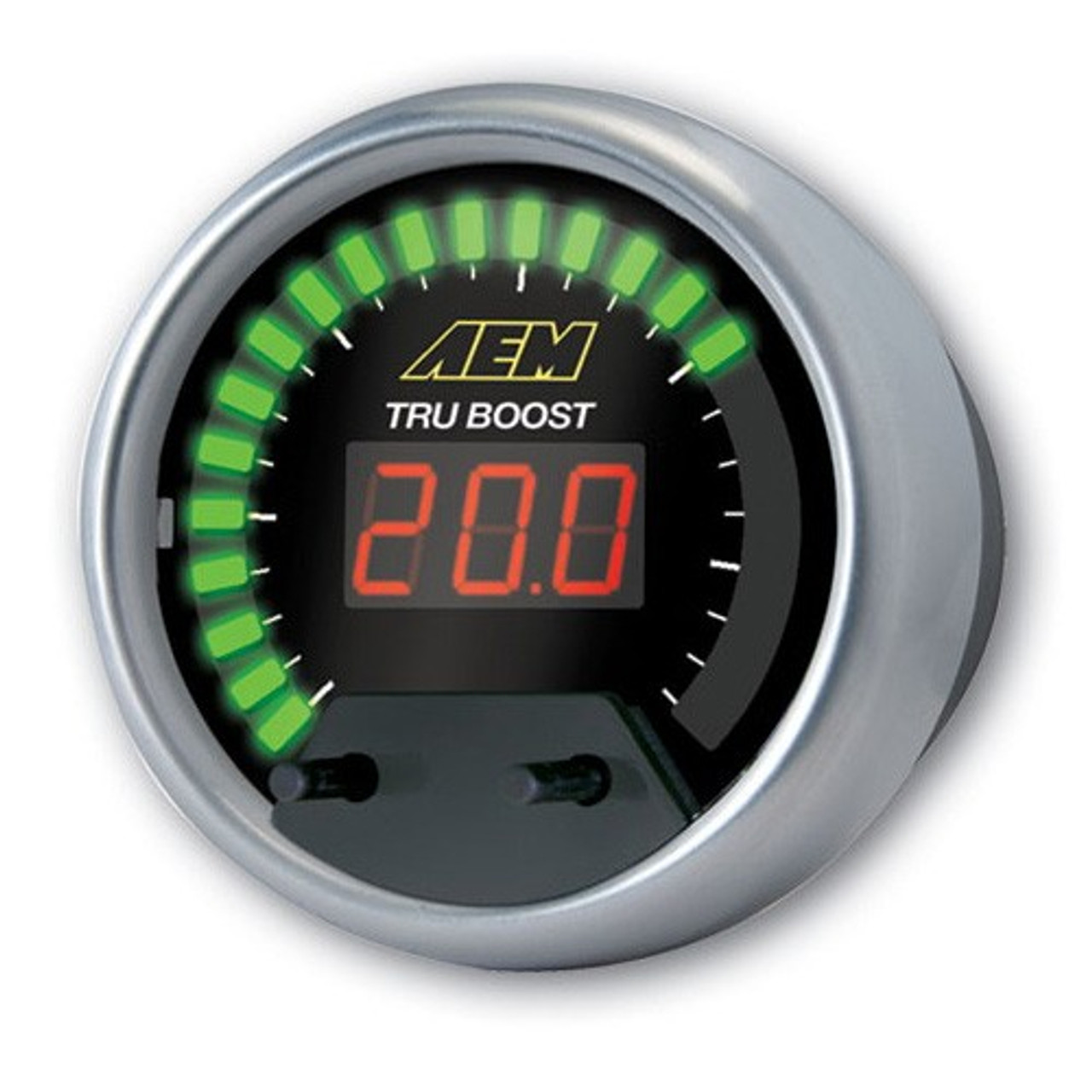

However, we felt the the performance hungry enthusiast might find the performance a bit anemic.For most people, this is not enough so we developed the Speed Force Racing twin-turbo system.Now you can have a dyno proven 476 horsepower at the wheels out of your 350Z/G35 on a completely stock motor! Imagine 571 horsepower at the crank?This is enough wheel spinning power to leave pretty much anything in the dust.The amazing part is that it only requires 10.4 psi of boost to do it! At 9.4 psi you can expect 456 horsepower at the wheels. With the glovebox out of the way you will see the piece of wire & you need to pull this with the vacuum pipe attached into the car.The 350Z and G35 is definitely a well rounded sports car.They have the looks that make people turn their heads.The handling of these cars is great and the power is adequate. I made an extra hole in the rubber grommet with a piece of sturdy wire, (a wire coat hanger) I then taped the end of the vacuum hose to the wire & pushed it thoough my new hole.įrom inside the car you need to remove the glovebox & unplug the ACC hose & lamp wire plug that go to it. This is by far the eaiest place to run pipes & wires into the car. The original hole is a very tight squeeze though, fine for wires but not suitable for pipes as the pressure will squash the pipe giving you a false reading on your boost gauge. On the right hand side of the bulkhead, behind the three green brake pipes you will see a large black rubber grommet & the wiring loom going into the car. Question two, how do I get the vacuum pipe from the engine bay up into the dash?

Here is a quick guide on how I fitted mine.

Pillar pods are all the rage these days but I went for dash mounted black metal pods, I like the retro old school look myself.

Normal cost is around £20 upwards for a gauge & anything from £5 upwards for a pod to fit it into. Any accessory boost gauge kit bought will come with a fitting guide & all the required hoses & a t-piece. I wanted both so I fitted a JR gauge in PSI & a Auto Gauge in BAR. Now, I have fitted the dash cluster from a later Areo into my 2.0 LPT (as you can see from my pictures) just because I wanted the Saab gauge, this was a very complicated project that involved a complete strip down of the dash cluster & soldering bits of wire everywhere, so I wont go into that just now.īoost gauges measure the vacuum pressure inside the inlet manifold, either in PSI or BAR. The Aero model (& other later HPT models) had a turbo gauge fitted into the dash cluster, the LPT models did not, however this is not a boost gauge as such, more of an engine load meter which receives signals via the ECU rather than direct Vacuum pressure from the inlet manifold, its more an electrical meter than a true mechanical pressure gauge. Why? Well cosmetic reasons, or just to see how well your turbo is working & perhaps a good early warning of turbo problems.
Saab vent mounted boost gauge kit mod#
A popular mod for many 9-5 owners wanting to keep an eye on turbo boost levels.


 0 kommentar(er)
0 kommentar(er)
